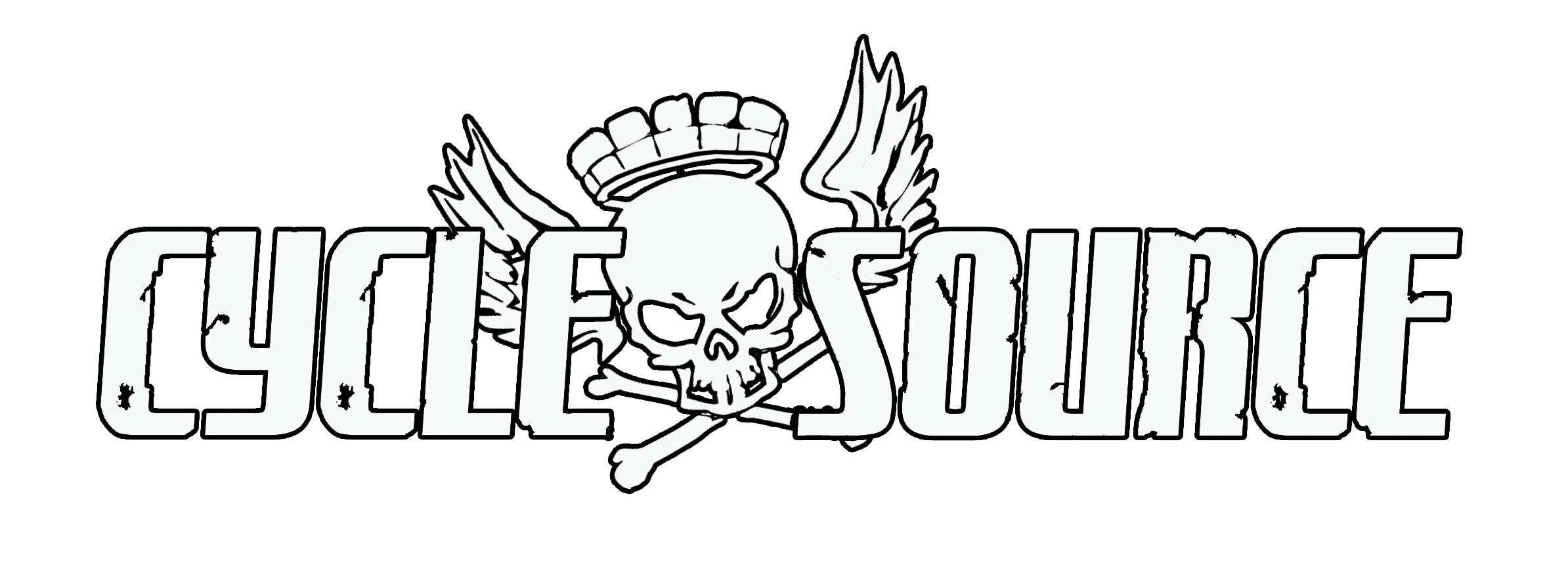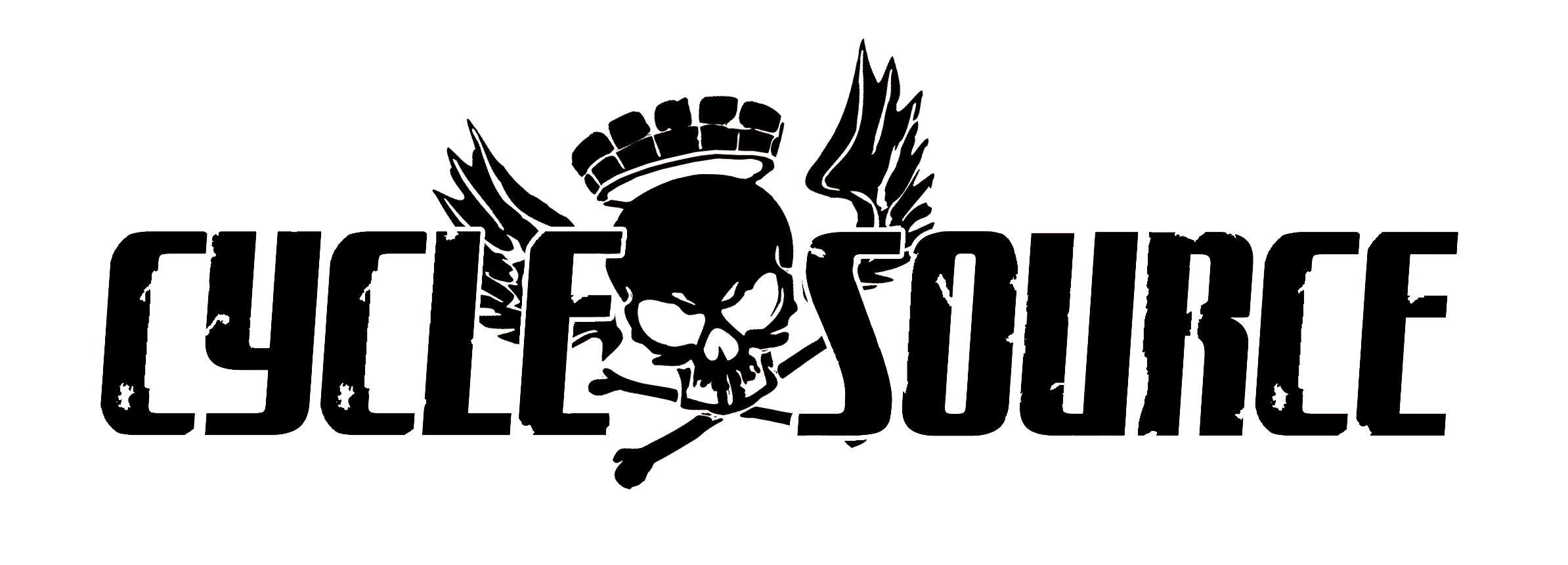“99” Problems and fixes to them. Over the previous months, I have been reaching out to readers and industry professionals seeking a problem or situation and its fix. Here are some of the problems, from being broke down on the side of the road to situations in the shop, including fabrication, painting, electrical, troubleshooting etc.… Here is a mix of some of the “99” Problems!

Dry sandblast cabinets. A lot of us have them and they work great. I have used the clear plastic protective film on the inside lens of mine for many years. It has worked out well. They are a bit pricey at around $4 each. I have always written this off as a necessary evil. A consumable. I recently got the suggestion to try a piece of thin plate glass without the protective film. They said it would last much longer than the film. They were precisely right! It lasts anywhere to 3 to 4 times longer, and it was only about 50 cents more!

When doing a restoration on any vintage motorcycle, we typically have to deal with a lot of aluminum finishes. Whether it is a glass beaded finish or a vapor hone finish. I have finally found a product that helps preserve these finishes. Made by CRC Called 3-36 Aviation Corrosion Inhibitor. Once the part is clean, spray this on and allow to soak in. There might be a bit of residue here and there. I typically blow this off with the air hose and then buff with a paper towel. This gives a nice sheen and protective finish. Any mess that may occur will wipe away easily.



Here is a handy one for you, from Roger Demland, R.D Enterprises. R.D Showed me this many years ago. I had just gotten a new horizontal band saw. It was cutting as crooked as crooked could cut. So here you have it a horizontal band saw adjusting tool. Take a piece of thick wide flat stock and your combination square and scribe quite a few lines on it. The scribe lines will be used to tell you which way you need to adjust your blade guide wheels. Lay it down for your horizontal cutting adjustments. Stand it up for vertical cutting adjustments. Turn on the saw and make a cut next to the scribe line to check your adjustment work.

Drilling round stock on a drill press can be a pain. A solution to this is to make a round stock drilling fixture out of scrap that you may have laying around the shop. A piece of angle iron welded to a flat plate and bam you’re in business.


Last month I spoke about scraping gaskets and not using screwdrivers or chisels to get them off. But there are times we find that the guy before us did do that. Sometimes the parts are junk; sometimes, they can be saved. You can take a piece of sandpaper on a piece of glass or something known to be flat will sometimes help out in these situations. With the gasket surface facing the sandpaper. Move the part around in a circular figure 8 motion, check your work often as it will reveal the high and low spots. Use your better judgment on how far you can go.



Acetone, it is great! But don’t drink it! It is one of the few NON-petroleum based cleaner / thinners available. It works great for cleaning gasket surfaces and using a Q-tip to clean out threaded holes and also most know for cleaning your tig welding rod. One gallon goes a long way!

The toys we typically play with are old and in need of repair or rebuild. More often than not, when the engine goes to the machine shop, the cylinder head surface will need to be shaved or decked to be made true flat again. This typically is only a few thousandths. I like to use number stamps to identify how much material was removed from the surface. So, for myself and or the next guy that gets into this will know at a quick glance what has been done. He will thank you. (DON’T STAMP IN THE GASKET SEALING SURFACE AREA!!)

Not all of us can afford fancy chrome and other costly coatings. I find myself using a rattle bomb often. A good way to paint bolt heads it to slice an X with a knife into a piece of cardboard and push the bolt through that so it can be held while you are painting. Coat hangers work well for holding larger objects.

Here are some common tools that I use during fabrication, a mechanical pencil, a compass, circle template. Washers of different sizes also work well when you are arranging speed hole designs in your slick new bracket.
Calling all readers and industry professionals. Please submit problems WITH fixes and pictures via email. (Bikes, Shop Equipment, Paint, Tools, Etc.)
If there is something that you would like to see a Tech article on or you have questions, please call or email me at the shop, 419-576-6812
Daniel Donley
Pandemonium Custom Choppers
Facebook- Pandemonium Custom Choppers
Instagram – pandemoniumc2
info@pandemoniumcustomchoppers.com www.pandemoniumcustomchoppers.com























